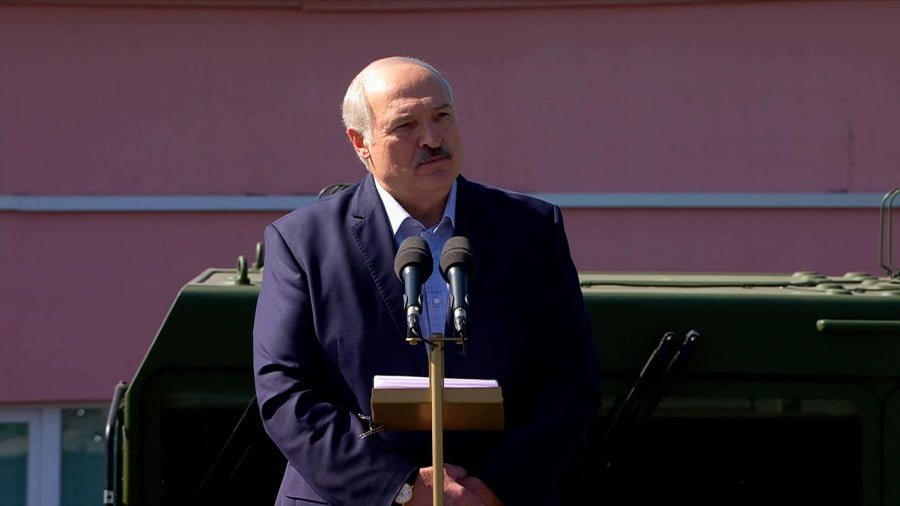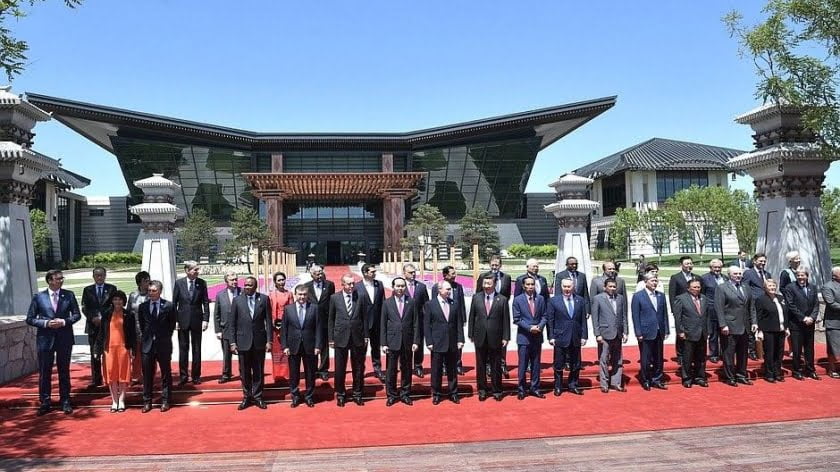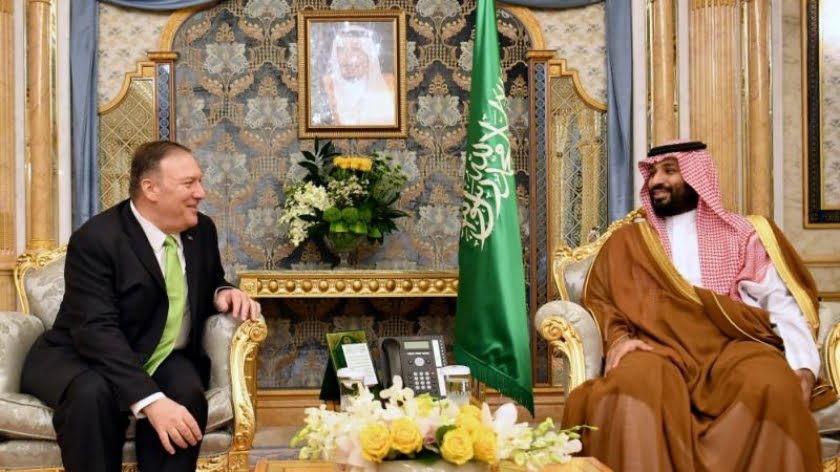It Seems that ISIS has No Intention of Surrendering Deir ez-Zor
It’s no secret that the latest success achieved by Syrian troops near Deir ez-Zor, where they have managed to break the blockade of the city and liberate the better part of its outskirts from the so-called “Islamic State” (ISIS), may turn out to be a temporary success. The situation on the ground remains difficult due to the fact that Damascus was required to take troops from other fronts using the most combat capable units in order to make this breakthrough possible, weakening the defenses of its flanks in the ongoing struggle with militant terrorists. In spite of a number of positive statements made over the last couple of months by Syria’s officials, it’s still too early for celebrating. This has been proven by the unraveling military crisis near Deir ez-Zor which occurred at the end of this month.
As Damascus relieved Deir ez-Zor, various military experts suggested that an easy victory achieved in this city occurred largely due to a change in the tactics employed by ISIS. And they were right. ISIS simply withdrew all of its elite combat-ready units from the city, leaving behind local militia and mercenary units. The withdrawn forces would then block the advancement of Syrian-Iranian-Russian troops, preventing them from reaching the settlement of Abu Kamal on the very border with Iraq. This city is instrumental in Tehran’s plan of supplying Damascus with weapons across Iraq. But the advancement was stalled due to this ISIS resistance which was also supported by forces dispatched from Raqqa, which is now also being defended by local ISIS-aligned militias. Yet, the pro-American SDF forces are still unable to capture the city. Apparently it will take them at least 2-3 more weeks.
All this led to ISIS militants launching an offensive across a broad front from Palmyra to Deir ez-Zor at the very end of September, targeting Syrian communication lines in a bid to cut off the main Syrian military supply route – the Palmyra-as-Suhna and then the as-Suhna-Deir ez-Zor supply lines. According to various reports, hostilities in the as-Suhna area alone resulted in at least 100 men losing their lives, while Palmyra found itself under attack too. In fact, a 20 mile long stretch of road that supplies Deir ez-Zor fell into the hands of militants. ISIS releases reports about dozens of killed Syrian servicemen. High casualty numbers on the part of the Syrian armed forces are hardly surprising, since all of the combat capable forces of the Syrian army have been sent to Deir ez-Zor, with their rear being covered by units of hastily trained soldiers unprepared to fight elite ISIS forces. It’s clear that ISIS is planning to occupy as-Suhna in the coming weeks if allowed. If their offensive is not stopped we may see Palmyra besieged yet again. For ISIS, Palmyra represents a major prize, since after its liberation Damascus rebuilt and restocked massive supply and ammunition depots in this city.
It’s only natural that under those circumstances the confrontation with local Kurds militants groups attempting to capture Syrian oil fields becomes secondary. The Syrians are not able to fight at once with two opponents, especially while its forces suffer losses, for instance, the loss of at least 4 tanks during the Deir-ez-Zor assault.
It’s clear that Washington, aiding in no way as Russia and Syria struggle against ISIS militants, is secretly hoping that Moscow deploy a massive airborne task force to prevent the situation on the ground from becoming disastrous. However, such a move could be potentially catastrophic, since in spite of its ability to handle virtually any situation, Russia’s paratrooper forces may suffer serious casualties, which will mean that Russia will be drawn deeper into the Syrian war, triggering a possible Soviet-Afghan War scenario, which would be highly beneficial for Washington.
The fact that the situation is getting worse is evident in reports from Palmyra stating that local defense forces are already engaged in firefights with ISIS militants. Moreover, the shelling of the city also has allegedly begun.
On September 29, a number of media outlets began distributing reports that as-Suhna has allegedly fallen to ISIS militants. Damascus was quick to send reinforcements to support the forces trapped in the city, but they were ambushed on the Palmyra-Deir-ez-Zor highway. Allegedly, 40 servicemen of the Syrian armed forces lost their lives in this ambush, including officers. In total, no less than 180 Syrian soldiers lost their lives at the end of September, including the Chief of the Syrian Military Intelligence, General Abu Ibrahim al-Zabraoui who perished in a downed helicopter together with its pilot.
ISIS militants have also claimed the capture of the town of Shula at the crossroads leading to Deir ez-Zor from the desert. If the statement is true, then Syrian forces defending the city are completely surrounded. This fact doesn’t mean anything on its own, since in order to secure their recent successes ISIS needs to significantly expand the area they are currently controlling. However, how many more men they can deploy on the battleground is a mystery. However, the withdrawal a few weeks ago of all elite units from Deir ez-Zor can offer hints that they are preparing a strike at the rear of the Russian-Syrian task force operating in the city.
The situation in Deir ez-Zor is aggravated further by the counterattacks launched by Jabhat al-Nusra militants and other armed groups. Russian warplanes have been hitting armed groups in Idlib for days to prevent them from launching an assault on Deir ez-Zor. Now Damascus discusses an armistice in this area in order to prevent the pontoon ferry across the Euphrates (to the left bank) built by Russian military forces from being destroyed and progress there set back.
Therefore, it’s no wonder that discussions between Russia’s President Vladimir Putin and his Turkish counterpart Tayyip Erdogan were mostly concentrated on Syria. Right now Turkish armed forces play an important role in the situation on the ground, especially regarding Idlib, since Damascus is in urgent need to transfer elite Syrian units from there.
By Alexander Orlov
Source: New Eastern Outlook







